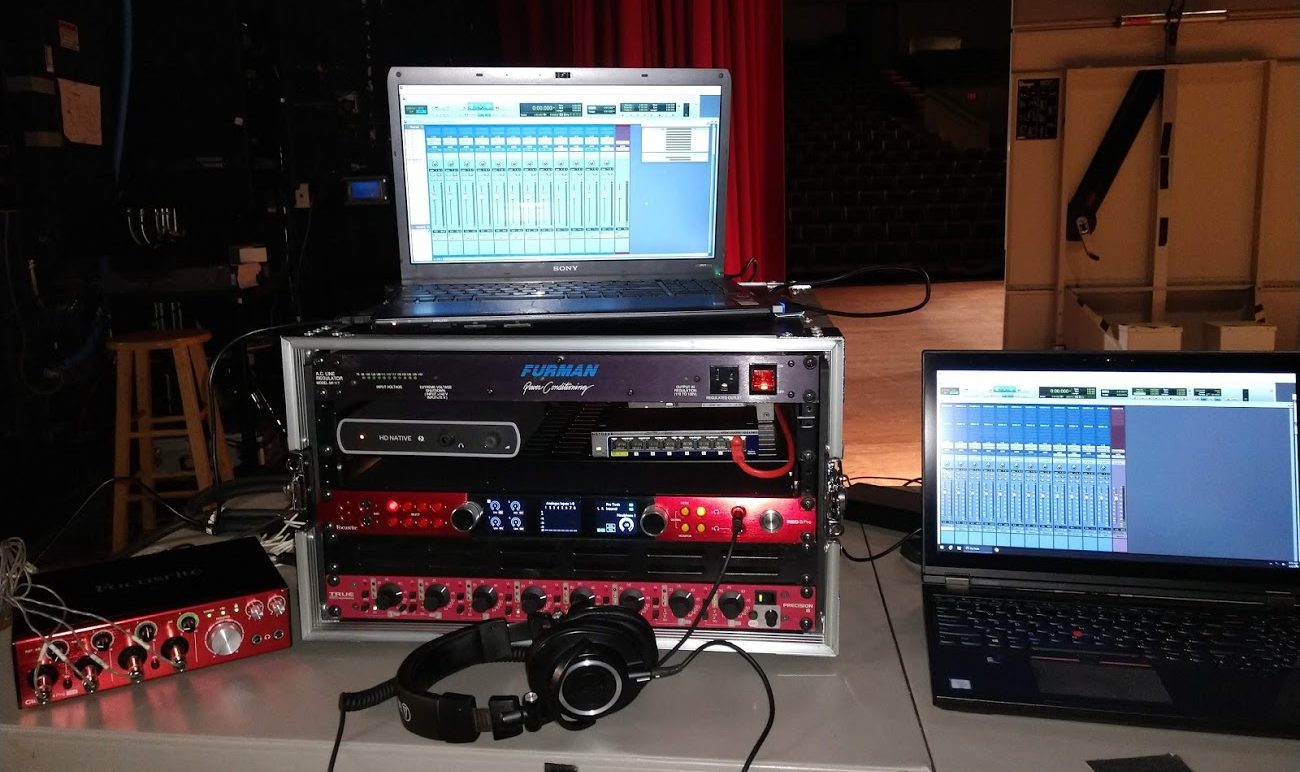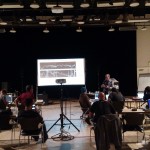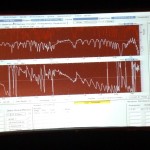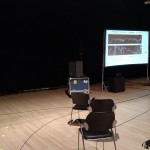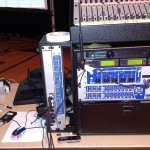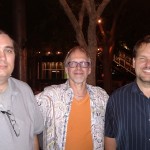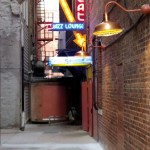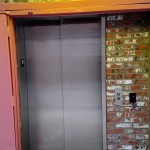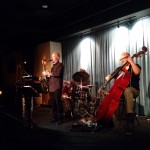August 17th I traveled to Fort Worth, Texas to attend Meyer Sound’s SIM3 Training and System Design seminar with Bob McCarthy. The class ran from August 18th through August 21, 2015.
This class is an intense four day long class conducted by one of the world’s foremost sound systems designers. Bob McCarthy has been designing, building, tuning and optimizing (and fixing badly installed) sound systems since 1984 and has more experience than just abbot any one else alive in doing so. He is also a wealth of knowledge and has some great stories about the business that he has collected along the way.
This session was held in Fort Worth at the McDavid Studio at Bass Performance Hall right down town. There were about 15 students from as close as Fort Worth and as far away as Ecuador: a mix of sound designers, system techs, house techs, production company techs and freelance audio geeks.
Using microphones placed around the room at various predetermined locations, depending on what speaker you want to measure; you compare the sound coming out of the speaker to that of a clean signal that comes from a computer or other playback device, and are able to ascertain whether the live microphone sound meets your expectations of level, EQ, and phase coherency. Other systems exist to do the same thing at various prices points, including: SMAART, SpectraFoo, SysTune, and REW, just to name a few. SIM3 is the measurement system sold by Meyer Sound and largely developed by Bob McCarthy.
Though the class is named SIM3 Training, it really is more of a general sound system measurement class, that just happens to use the SIM3 software and hardware system. Most other system tuning classes take a similar approach and purposefully try to be system agnostic. You do learn the basics of how to set up the software and read the data on screen, but the overall physics of sound and the math used in the software are the same no matter which piece of software you use. They differ only in the user interface, and access to different options that the designers and users have implemented to make their work flow the fastest and easiest for them.
While the SIM3 class was being conducted downtown; across town at the Gateway Church, Harry Brill was teaching a three day long class on SMAART. I have known Harry for close to 10 years now, and had the opportunist to take his class here in Tulsa back in January of aught-09. This is a somewhat rare occurrence: having two “competing” system tuning classes happen in the same city, during the same dates. So we couldn’t resist the urge to have a get together and planned to meet for drinks and dinner at the Flying Saucer in Downtown Forth Worth. The two classes spent an evening talking audio shop and trading the sound nerd equivalent of big fish stories: each of us trying to out do the others with stories of the worst gigs and bad sound systems possible.
One of the many people that I got to meet at the SIM3 class was Ra Byn Taylor, who I have conversed with online for several years as we are both members of the the Theatre Sound Google Group. Ra Byn is a sound designer in Fort Worth and works often with the Texas Ballet Theatre, Fort Worth Opera and Dallas Opera. He runs a website called: audiomeasurments.com
On one of my evenings off I got to venture out and enjoy an evening at the Scat Jazz Club which was just a block away from my hotel. It was a nice place, located in a renovated basement. The entrance was through an elevator in the middle of an alley between two buildings. Granted it was the nicest and cleanest alley I have ever been in, but it was an alley none-the-less. You have to enter through an elevator. It felt like you were descending into a Cold-War era missal silo. The cover charge was only $5 and they had free refills on soft drinks, so it was an enjoyable and inexpensive evening.
- SIM3 Class
- SIM3 on the projector
- Measuring splay angles and summation
- SIM3 rig
- Justice, Bob McCarthy and Harry Brill
- The Scat Jazz Club
- The Scat Jazz Club
- The Scat Jazz Club
